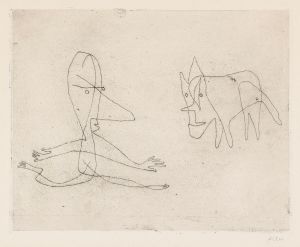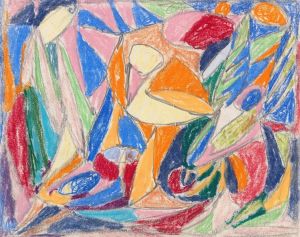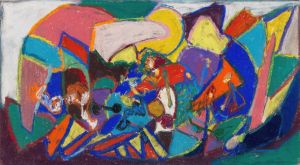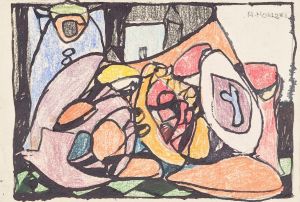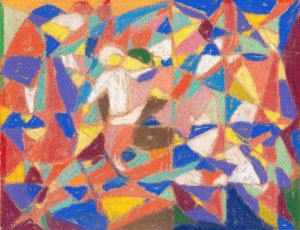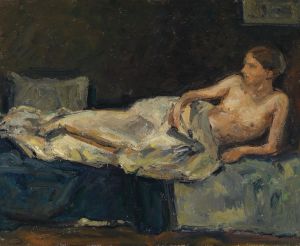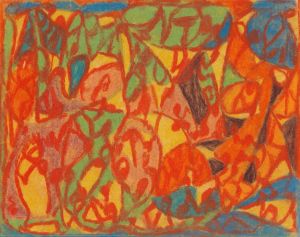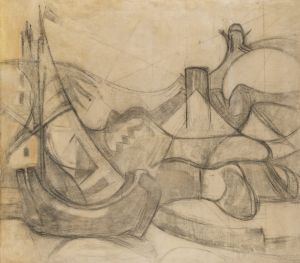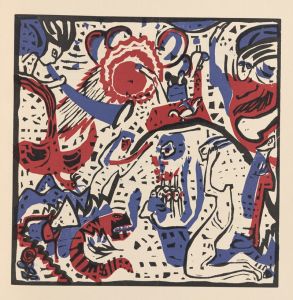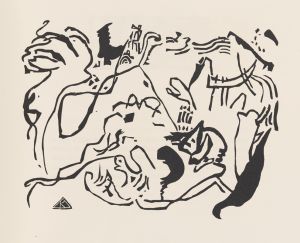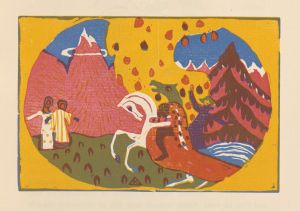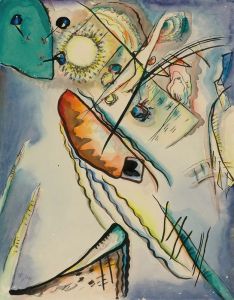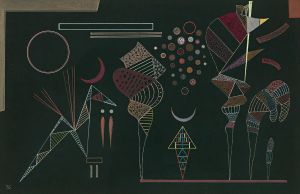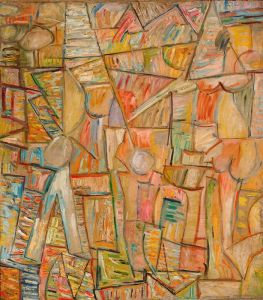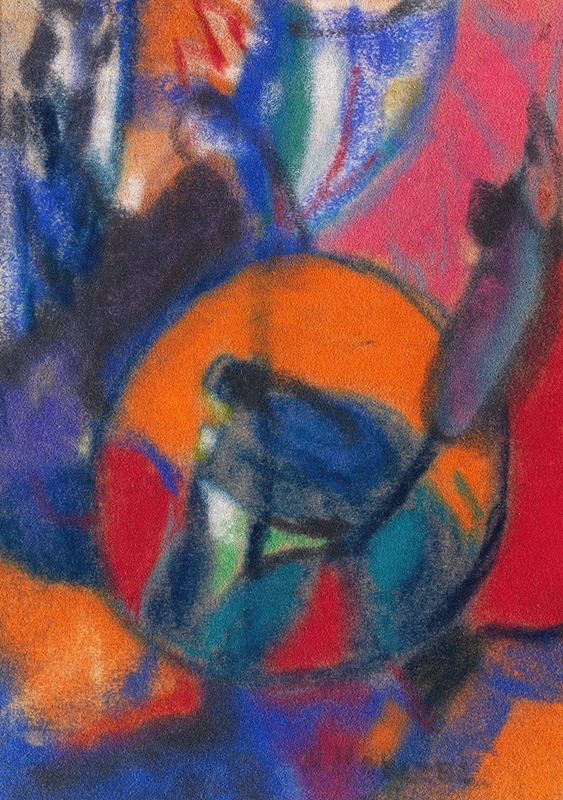
Komposition
A hand-painted replica of Adolf Hölzel’s masterpiece Komposition, meticulously crafted by professional artists to capture the true essence of the original. Each piece is created with museum-quality canvas and rare mineral pigments, carefully painted by experienced artists with delicate brushstrokes and rich, layered colors to perfectly recreate the texture of the original artwork. Unlike machine-printed reproductions, this hand-painted version brings the painting to life, infused with the artist’s emotions and skill in every stroke. Whether for personal collection or home decoration, it instantly elevates the artistic atmosphere of any space.
Adolf Hölzel's "Komposition" is a painting created by the German artist Adolf Hölzel, who is recognized as a pioneer of abstract art and a significant figure in the development of modern art in the late 19th and early 20th centuries. Hölzel was born on May 13, 1853, in Olmütz (now Olomouc, Czech Republic) and spent much of his career in Germany, where he became an influential teacher and theorist. His work bridged the gap between traditional representational art and the emerging abstract movements of the early 20th century.
"Komposition" exemplifies Hölzel's exploration of abstraction, color theory, and form. While the exact date of the painting is not always specified, it is generally associated with his mature period, during which he moved away from representational art and focused on the interplay of shapes, colors, and rhythms. Hölzel's approach to composition was deeply rooted in his theoretical studies, emphasizing the spiritual and emotional impact of art through the harmonious arrangement of visual elements.
The painting reflects Hölzel's interest in the autonomy of color and form, a concept that influenced many of his students and contemporaries. He believed that art should transcend mere representation and evoke a deeper, more universal experience. "Komposition" likely showcases his use of geometric shapes, dynamic lines, and vibrant colors to create a sense of movement and balance. These elements align with his belief in the "painterly means" as the foundation of artistic expression, a principle he taught during his tenure as a professor at the Stuttgart Academy of Fine Arts.
Hölzel's influence extended beyond his own work, as he mentored several prominent artists, including Oskar Schlemmer, Johannes Itten, and Willi Baumeister, who later became key figures in the Bauhaus and other modernist movements. His teachings and writings on color theory and abstraction contributed significantly to the evolution of modern art in Europe.
While specific details about "Komposition" may be limited, the painting is often regarded as a representation of Hölzel's innovative approach to art. It serves as an example of his transition from traditional styles to a more abstract and experimental mode of expression, reflecting the broader artistic shifts of his time.
Further research into museum collections or exhibition records may provide additional context about this particular work. However, "Komposition" remains an important piece within Hölzel's oeuvre, illustrating his role as a trailblazer in the development of abstract art.





